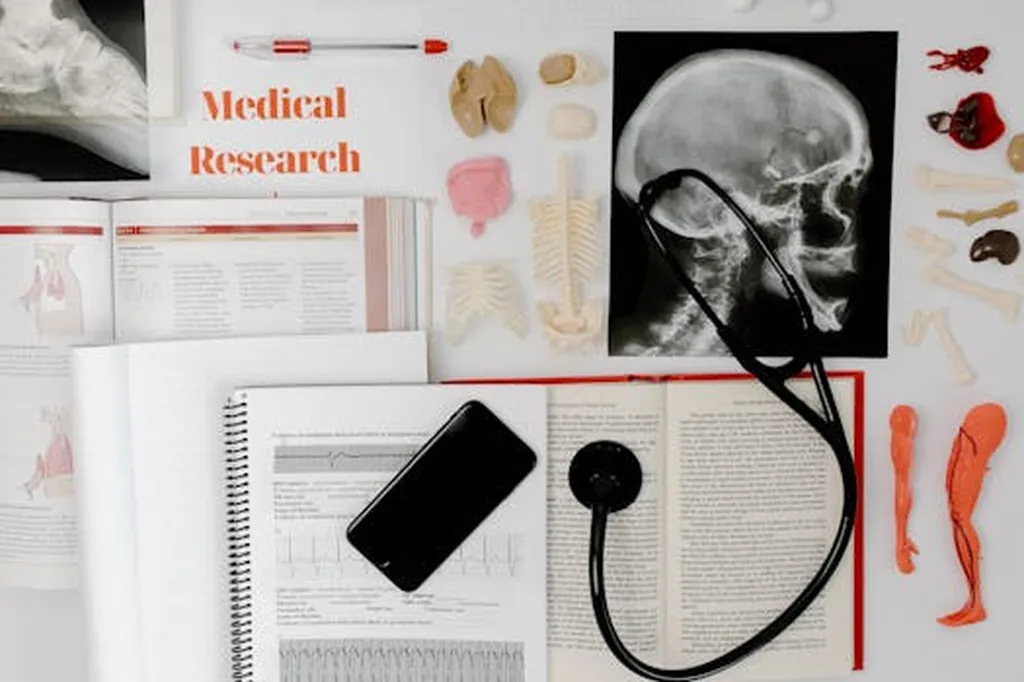In the harsh, unforgiving landscapes of the Arctic, ensuring the structural integrity of pipelines is a monumental challenge. Enter Khristina Maksudovna Vafaeva, a researcher from Peter the Great St. Petersburg Polytechnic University, who has developed a groundbreaking approach to monitor hybrid glass-basalt reinforced plastic (HGBFRP) pipes. Her work, published in the journal “Materials Research Express” (translated from Russian as “Express News of Materials Science”), promises to revolutionize quality assessment and long-term monitoring in the energy sector.
Vafaeva’s innovative method employs fractal-based mathematical modeling, a technique that offers both speed and precision. “The fractal dimension of structural units was estimated using both cellular and point techniques,” Vafaeva explains. This approach allows for a rapid and accurate assessment of HGBFRP pipe quality, even in extreme environments like the Arctic.
The significance of this research lies in its potential to transform the energy sector. HGBFRP pipes are increasingly used in various applications due to their durability and strength. However, assessing their quality has always been a challenge. Vafaeva’s models predict tensile strength, compressive strength, and elastic modulus from the fractal dimension of microstructural photographs, with impressive accuracy. “The proposed models showed good accuracy with the R2 value of 0.84, 0.93, and 0.97 for tensile strength, compressive strength, and elastic modulus, respectively,” she notes.
The commercial implications are substantial. By enabling rapid quality assessment, this method can significantly reduce downtime and maintenance costs. Moreover, the potential to design smart monitoring systems for real-time evaluations opens up new possibilities for ensuring the structural integrity of pipelines over the long term. “This novel modeling method not only improves the knowledge of material properties but also gives the possibility to design smart monitoring systems in real time with the purpose of on-the-fly evaluations,” Vafaeva adds.
Looking ahead, the integration of this fractal-based method with Internet of Things (IoT) technology could pave the way for continuous monitoring of HGBFRP pipes. This could be a game-changer for the energy sector, particularly in challenging environments where traditional monitoring methods fall short.
Vafaeva’s research, published in “Materials Research Express,” is a testament to the power of innovative thinking in addressing real-world problems. As the energy sector continues to evolve, such advancements will be crucial in ensuring the safety, efficiency, and sustainability of infrastructure projects. The fractal approach to failure analysis is not just a scientific breakthrough; it’s a step towards a smarter, more resilient future for the energy industry.

